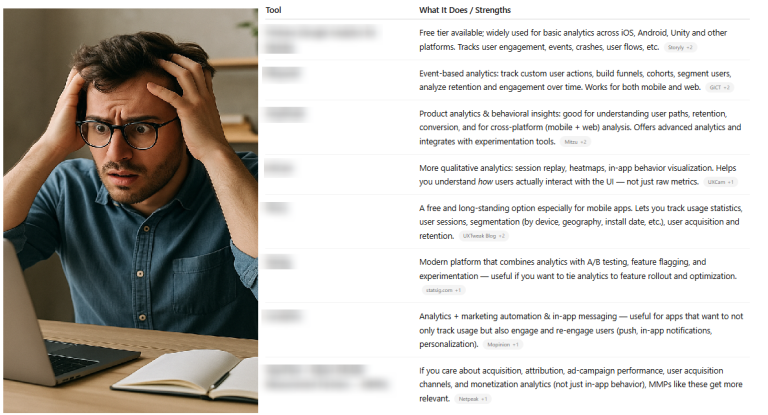
We talk a lot about storytelling marketing. It’s no longer enough to be just a “marketer” (whatever that means). We must study psychology, data analysis, and the art of storytelling. There are different ways you can tell a story, but none other is more famous than Joseph Campbell’s The Hero with a Thousand Faces.
In his book, Campbell talks about the hero’s journey as a well-known storytelling framework that appears in myths, stories, and movies across cultures. It outlines a hero’s transformative journey. The structure typically follows 12 steps, here’s how it typically looks in full:
- The Ordinary World – The hero’s everyday life before the adventure begins.
- The Call to Adventure – The hero is presented with a challenge or problem.
- Refusal of the Call – The hero initially hesitates or refuses to act.
- Meeting the Mentor – The hero encounters someone who helps them.
- Crossing the Threshold – The hero commits to the adventure and leaves the ordinary world behind.
- Tests, Allies, and Enemies – The hero faces challenges and forms relationships.
- Approach to the Inmost Cave – The hero prepares for the central conflict.
- The Ordeal – The hero faces their greatest challenge.
- The Reward – After surviving the ordeal, the hero earns a reward.
- The Road Back – The hero returns home, sometimes facing new challenges.
- The Resurrection – A final test occurs, where the hero is reborn or transformed.
- Return with the Elixir – The hero returns with knowledge, power, or a reward that benefits others.
this can be simplified and adapted for various contexts, like social media content.
A simplified version of the Hero’s Journey lends itself to engaging storytelling by following a protagonist (or concept) through conflict, transformation, and resolution—core elements that resonate with audiences.
This structure can be the setup, conflict, climax, and resolution. This will help to engage viewers in a limited time frame.
An Alternative Storytelling Framework for Social Media and Content Marketers
Here’s an additional element to consider and an alternative way to structure it to keep engagement high throughout:
1. The Hook / Promise of a Payoff
- It’s critical to grab attention within the first few seconds. Visuals, captions, or an intriguing statement work best here.
2. Set the Stage
- Briefly set up context. This doesn’t need to be a long exposition but should establish the scenario or problem that hooks the audience deeper into the story.
3. Introduce the Conflict
- Introducing conflict or tension helps keep viewers invested. Think of this as “Yes, but wait”, where there’s a rise in stakes. I talk about this push and pull in my post on The Perfect Ball Game.
4. Escalate the Conflict (Raise the Stakes)
- Tension should build and escalate further. Maybe introduce a twist or new layer to the problem. This keeps viewers on edge, curious about how things will resolve.
5. Foreshadow the Payoff
- Give a small glimpse of what’s coming, but don’t reveal it yet. You want to reassure viewers that a resolution or insight is on the way.
6. Moment of Doubt (False Resolution)
- Before the final payoff, create a moment where it seems like the story might not resolve as expected. This builds extra suspense.
7. The Payoff (Climax)
- Deliver on the promise, solving the conflict or sharing the lesson or key point of the story.
8. Call to Action or Reflection
- End with a call to action (CTA), either explicit or subtle. This could be a direct ask like “follow for more” or it could be something that makes the audience reflect on their own lives or think about your message.
While this seems like a lot of steps, it can be achieved quite quickly. You should also have intriguing visuals, fast-paced editing, sound effects, music, and a charismatic speaker with different tonal inflections…
Together, this should create for some compelling content.

- Related post: The T-Shirt Theory of Branding
- Related post: The Power of Branding: John’s Family Premium Organic Garlic
- Related post: Why You Don’t Want to Run a Business that Relies Solely on Ads


Continue reading: What’s the ROI of a Billboard








